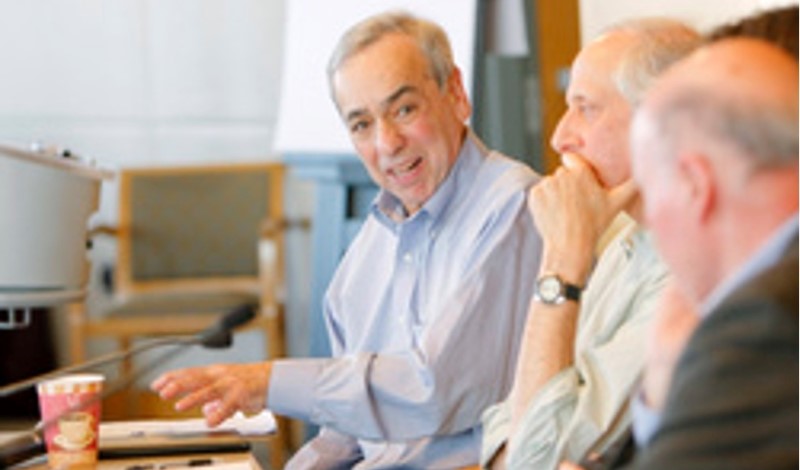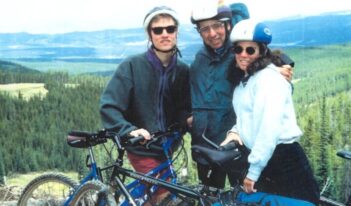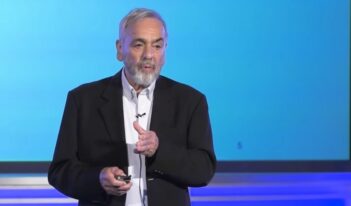
Kunreuther’s early work on the siting of hazardous facilities has made a lasting contribution.
A little more than three decades ago, Howard Kunreuther, together with colleagues Kevin Fitzgerald and Thomas Aarts, offered a series of fourteen guidelines to parties seeking to site a potentially contentious facility. At that time, the United States was facing increasingly hostile local communities that produced labels such as locally unwanted land use (LULU), not in my backyard (NIMBY), not in my term of office (NIMTOF), and many others. Furthermore, federal government regulations had made it much more expensive to emit hazardous materials into the air or water, or to bury them in the ground.
The “facility siting credo” that Howard and his collaborators offered had been developed in 1990 as the product of meetings and surveys of people who had been part of siting decisions. The credo’s fourteen guidelines were:
- “Institute a broad-based participatory process”
- “Achieve agreement that the status quo is unacceptable”
- “Seek consensus”
- “Work to develop trust”
- “Choose the solution that best addresses the problem”
- “Guarantee that stringent safety standards will be met”
- “Fully address all negative aspects of the facility”
- “Make the host community better off”
- “Use contingent agreements”
- “Seek acceptable sites through aa volunteer process”
- “Consider a competitive siting process”
- “Work for geographic fairness”
- “Set realistic timetables”
- “Keep multiple options open at all times”
Policymakers sometimes dismiss advice from professors, such as was reflected in the credo, as idealistic advocacy from those without decision making responsibility. Yet as much as the facility siting community may have wanted to ignore the credo’s recommendations, they could not ignore the changing political climate.
The location theory that dominated the first two-thirds of the 20th century—and that I taught to business and geography students—had long become inoperable. In the United States, large facilities perceived as noxious can no longer be built under a “propose-defend-build” process. A paper that I co-authored with Frank Popper and Heather Barnes Truelove classified many manufacturing, waste management, and other so-called noxious facilities as enduringly objectionable. Roger Kasperson has agreed and shared his view with me that the underlying social, environmental and political issues underlying public opposition to hazardous waste sites and others have indeed become durable and only intensifying.
As a result, the facility siting credo guidelines put forward in Howard’s work decades ago must now be taken seriously by sensible business and government managers. Many developers have embarked on continuous improvement processes that use fewer resources and are less hazardous. Some have located new facilities adjacent to existing ones or selected sites outside of the United States. Some have conducted negotiations with local communities, as well as with host local governments and states, in efforts to address potential opposition proactively.
Arguably, finding sites to store nuclear commercial wastes is the most daunting challenge for the facility siting credo. The United States found a site in southeast New Mexico near Carlsbad called Yucca Mountain. After several decades of negotiations with the State of Mexico, the U.S. government built and began operating the Waste Isolation Pilot Plant there. Despite federal expenditures of over $13 billion, however, the effort to open the Yucca Mountain site as a repository for spent nuclear fuel has failed.
In January 2010, after recognizing that the United States was unable to open a site to store spent nuclear fuel, President Obama created a Blue Ribbon Commission (BRC) on America’s Nuclear Future. With more than 65,000 tons of spent fuel currently being stored at existing nuclear power plants—and with several thousand more tons added every year—the BRC was asked to consider options such as recycling the spent nuclear fuel or building and operating a deep geological repository. Two years later, the BRC submitted its final report with seven recommendations. One of the seven largely mirrored the consent-based siting approach. The BRC recommended an approach that would adapt to new information, be revisited and modified as new information was received, be accessible and transparent to all stakeholders, and be grounded in the best science. Notably, the approach would be based on legally enforceable agreements among the federal government, host state, Native American tribes and local communities. In short, all of these ideas are explicitly or implicitly part of the facility-siting credo, including the recommendation that affected communities have both the right to say no and the right to have some local control of any selected site.
I have heard cynics say that the BRC’s recommendations will not be implemented. Twelve years later, admittedly, there is no site. However, the ideas reflected in the siting credo have not been ignored. The U.S. Department of Energy issued a draft consent-based siting memorandum in 2017, and it released an updated version in 2023. The words “adaptive,” “collaborative,” “flexible,” and “consent-based” appear in their documents; the Energy Department has a consent-based siting webpage; and it recently funded twelve U.S. groups to study consent-based siting in the United States. The Energy Department’s goal remains to find one or more sites for interim storage for commercial spent nuclear fuel. Its processes should account for equity and environmental justice, provide funds for communities, engage local communities in selecting siting criteria, and assert that communities can withdraw from participation.
The Energy Department’s siting process has many stages and years to go, and its consent-based siting may not succeed. Nevertheless, Howard Kunreuther and his colleagues’ work on the facility siting credo is as important a contribution to public policy thinking about this contentious public policy issue as I have seen in more than a half-century.
This essay is part of a series celebrating the life and scholarship of Howard Kunreuther, titled “Commemorating Howard Kunreuther.”




